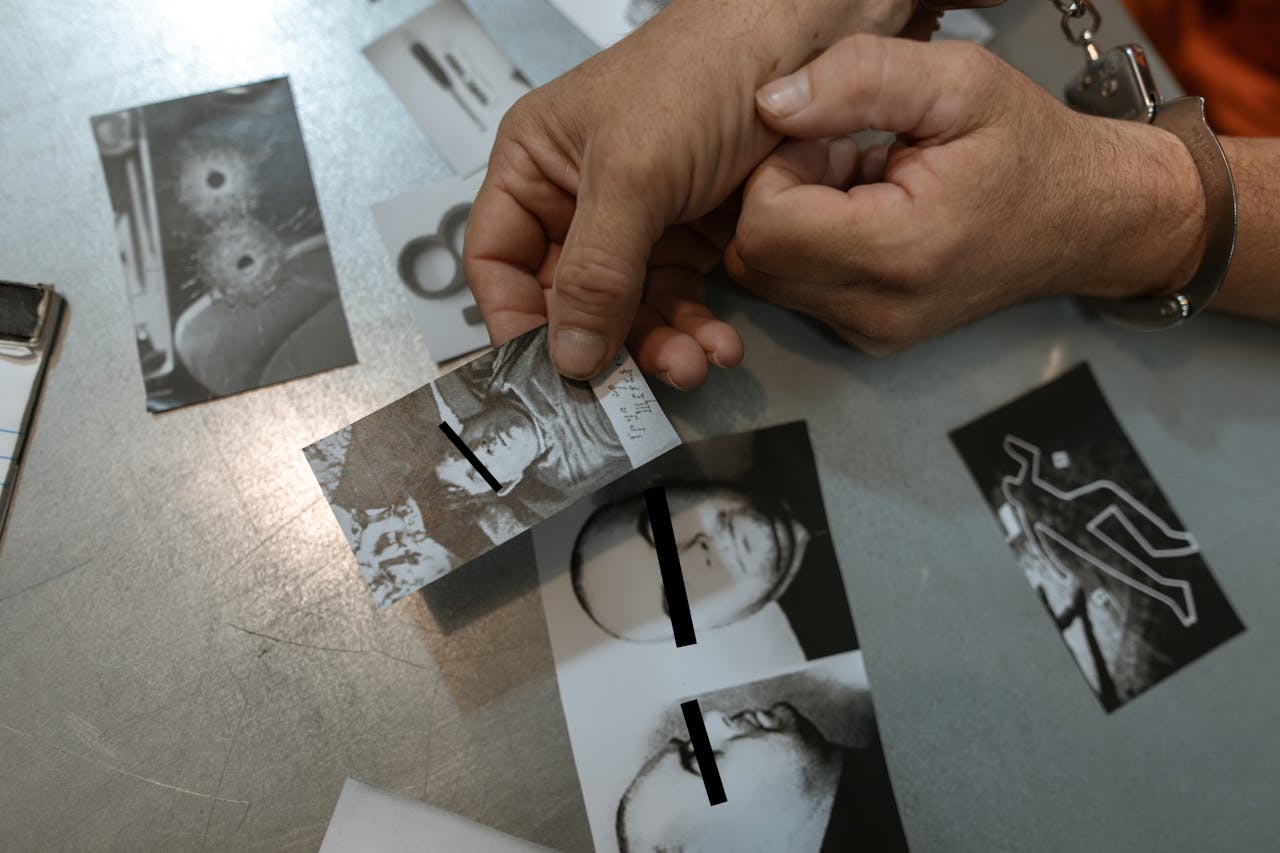After evidence is collected, the next step is case structuring.
The purpose is not simply to “understand what happened,” but to create a coherent sequence of events that can be used in formal procedures.
1. Build a Precise Timeline
Use a structured table:
| Date | Event | Evidence | Amount | Contact Involved |
|---|
This clarifies:
- How the engagement started
- Who influenced decisions
- At what point funds were transferred
- What persuasion or pressure methods were used
Fraud networks follow recognizable behavioral patterns.
These patterns become visible when events are listed chronologically.
2. Identify Where the Funds Actually Went
The core of any financial case is money flow:
- Receiving banks and merchant processors
- Beneficiary names on accounts
- Possible intermediary wallets or platforms
- Currency conversion points
Even crypto transfers can be deanonymized using blockchain tracing tools.
3. Assess Behavioral and Psychological Pressure
Fraud operations often use:
- Urgency (“act now or lose the opportunity”)
- False guarantees of profit
- Claims of “market analysis” without real data
- Emotional pressure during withdrawal attempts
These elements support proof of manipulation and intent.
4. The Resulting Document
The outcome of case analysis should be a structured report:
Case Summary:
- Event Timeline
- Key Actors and Communication Chains
- Financial Flow and Transfer Breakdown
- Persuasion / Pressure Techniques Used
- Attached Evidence Index (messages, screenshots, recordings)
This document becomes the basis for escalation.


